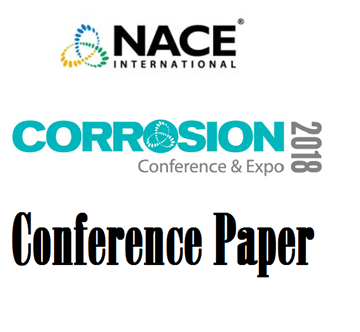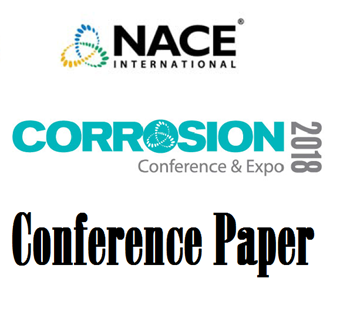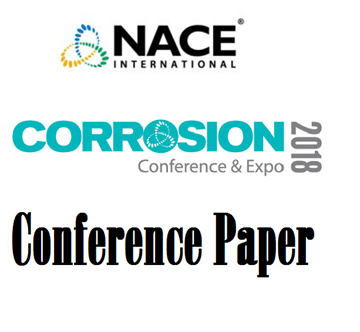Search
51318-11142-Weld preferential high temperature sulfidation
Also Purchased
51318-11625-Cracking of Duplex Stainless Steel in Refining Operations
Product Number:
51318-11625-SG
Publication Date:
2018
$20.00
51318-11071-Corrosion Behavior of Naphthenic Acids Isolated from Vacuum Gas Oil Crude Fractions
Product Number:
51318-11071-SG
Publication Date:
2018
$20.00
51318-11046-The investigation of Incoloy 800H Relaxation Crack Mechanisms
Product Number:
51318-11046-SG
Publication Date:
2018
$20.00
Recently viewed




